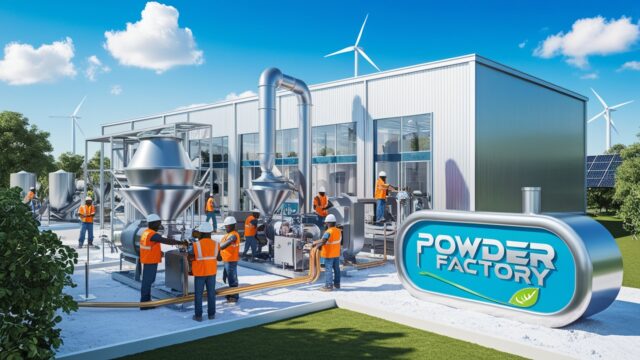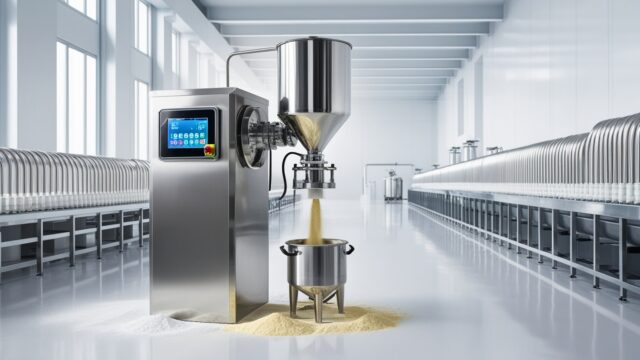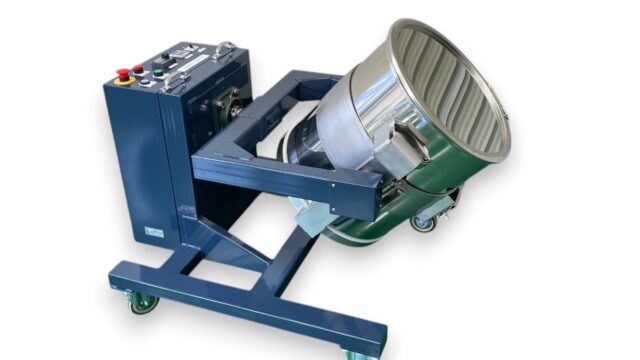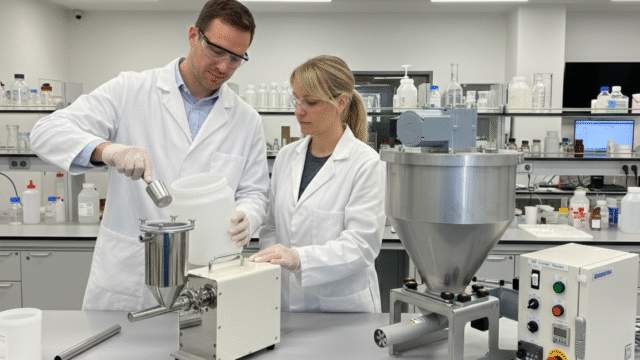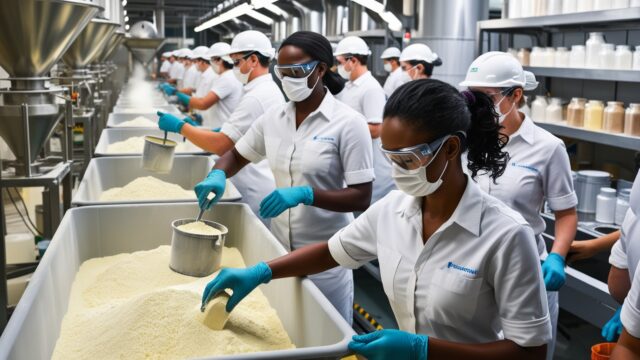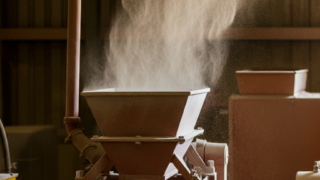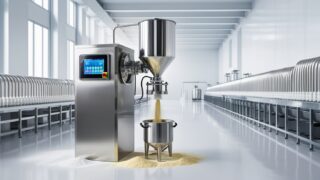Introduction
The Asia-Pacific region is seeing rapid growth in the manufacturing industry, leading to increased adoption of powder feeding machines. Particularly in sectors such as food, chemicals, and pharmaceuticals, the demand for these machines is rising, contributing to enhanced production efficiency and quality stabilization. This article explores their effects and characteristics through several case studies.
Case Study 1: Effects of Powder Feeding Machines in the Food Industry
A food manufacturing company introduced a powder feeding machine, known as a screw feeder, to ensure product uniformity. By transitioning from manual feeding to an automated system, the flow rate of the powder stabilized, resulting in improved product quality. Furthermore, the reduction in labor time and decrease in human errors led to cost savings.
Case Study 2: Innovation in the Chemical Industry
In the chemical industry, a company launched a new product line using powder feeding machines. This implementation allowed for the rapid switching between different powders, significantly enhancing production flexibility. The high-precision conveyance of the screw feeder equipped with weighing functions reduced raw material waste and successfully minimized environmental impact.
Case Study 3: Importance of Powder Feeding Machines in the Pharmaceutical Industry
In the pharmaceutical sector, a pharmaceutical company implemented a powder feeding machine, which improved product consistency and quality. The precise measurement of components is crucial, making the introduction of automated feeding systems essential. Additionally, the design of the powder feeding machines meets clean room requirements, ensuring high standards of hygiene.
2:Characteristics and Effects of Implementation
The adoption of powder feeding machines in the Asia-Pacific region has several characteristics. First, there is increased efficiency through automation. Transitioning from manual to automated processes reduces human error and enhances production line speed. Moreover, precise control of the feeding machines stabilizes the flow rate and mixing ratio of the powder, improving product quality.
Next, environmental considerations are also important. Powder feeding machines are designed to minimize raw material waste and promote recycling. This enables companies to reduce their environmental footprint while achieving sustainable production.
3:Conclusion
The case studies of powder feeding machine implementation in the Asia-Pacific region demonstrate numerous advantages, including efficiency improvements, quality enhancement, and environmental considerations. These effects are particularly evident in the food, chemical, and pharmaceutical industries. As technological innovations in powder feeding machines continue, companies are expected to actively adopt these systems to enhance their competitiveness. Ultimately, establishing sustainable manufacturing processes will be key to success in the manufacturing sector of the Asia-Pacific region.considering the properties of the powder, design of the feeding system, implementation of dust collection systems, and improvement of the working environment—can protect health and product quality. Companies are urged to realize safer and more efficient powder feeding through these measures.
4:Challenges and Future Prospects
On the other hand, there are several challenges associated with the implementation of powder feeding machines. For instance, the initial investment can be high, and maintenance is required after system installation. Additionally, with the evolution of technology, compatibility issues with older equipment must also be considered. However, overcoming these challenges can lead to significant long-term benefits.


